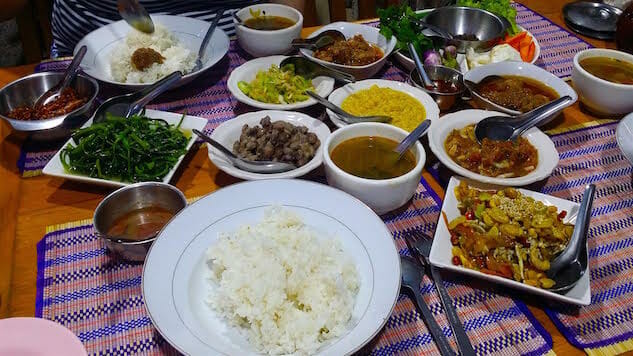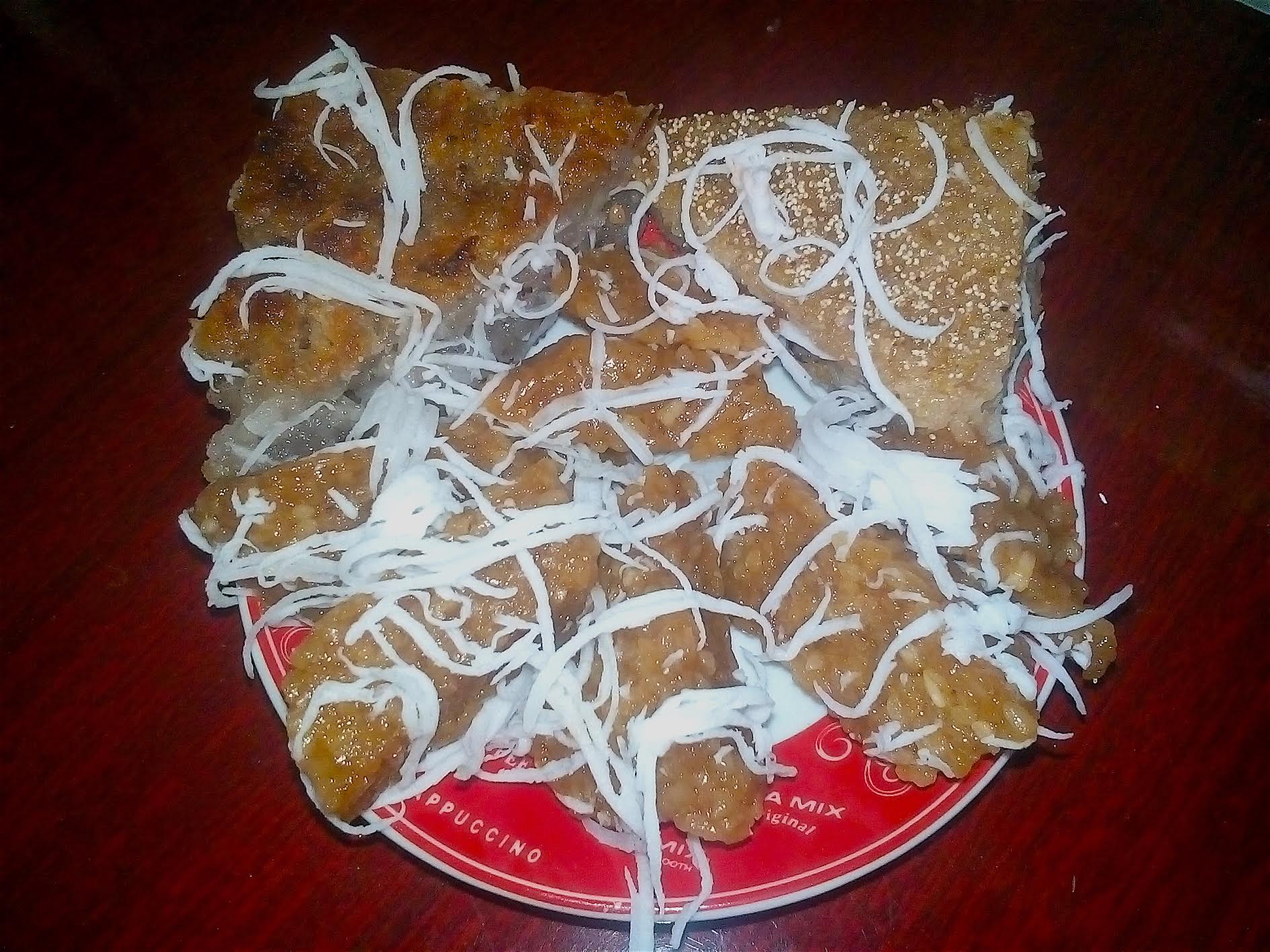5 Must-Try Burmese Dishes
Photo by Carmin Berchiolly
Famous for its jaw-dropping cities of ancient pagodas and lush jungle sceneries, Burma has been attracting growing crowds of tourists since it began opening up in 2011.
Less well-known? Its food.
Sandwiched between China and India, with more than 135 different ethnic groups, Burmese cuisine is among the most diverse in the world. Incorporating at once fragrant curries, crunchy pickled tea salads, and every ilk of noodles known to man, it is a gastronomic triumph that gets unfairly ignored.
As the heart of the country, Yangon is the best place for visitors to start opening both their senses and their stomaches to Burma. Here are five memorable and unexpected dishes to try, each traditional of a different ethnic group and region in the country.
1. Spicy Seaweed Salad/ Kyauk Kyoe Thout (Rakhine)
Min Lann Seafood Restaurant, Inya Lake, Pyay Road, Yangon. Photo by Fanny Potkin
Photo by Fanny Potkin
Flanking the Bay of Bengal, the cuisine of Rakhine State is shaped by the sea and its whims. This zesty salad, although humble in appearance, is a mainstay at every Rakhine home. The star ingredient is seaweed, which is collected from the shores after high tides and dried in bamboo baskets. The algae is then mixed with green chilis, lime or tamarind juice, dried small fish, onions and ngapi, a traditional Burmese fermented fish or shrimp paste, whose pungent smell is recognizable across the country. Served with rice, it’s a refreshing dish with a fiery kick.
Try it at Min Lann, a traditional Rakhine restaurant that procures its seafood straight from the beach daily and is a favorite of both locals and visitors alike. The salad is especially well paired with the farmer’s curry, a sweet and sour broth packed with fresh fish, lobster, crab and prawns. It’s the closest you’ll get to the Indian Ocean in Yangon.
2. Shan Tofu and Steamed Meat/ Tohpu Jaw& Hin Thote (Shan)
Nang Htike Shan Noodle, Bo Gyoke Rd, Yangon. Photo by Fanny Potkin
Photo by Fanny Potkin
Shan State is Myanmar’s largest region and its specialties are reminiscent of Northern Thailand, with whom it shares a long border. The MVP of Shan cuisine is its traditional chickpea tofu, whose texture shares little resemblance to its soybean cousin. Uncooked, it looks like a block of Cheddar cheese and is often grated into salads. But it’s at its best when eaten as fritters (tohpu jaw). While crunchy on the outside, those small triangles belie a soft and pillowy core. Eat them with hin thote, an airy glutinous pork and flour concoction that’s steamed in banana leaves.
-

-

-

-

-

-

-

-

-

-

-

-

-

-

-

-

-

-

-

-

-

-

-

-

-

-

-

-

-

-

-

-

-

-

-

-

-

-

-

-

 Photo by Fanny Potkin
Photo by Fanny Potkin Photo by Fanny Potkin
Photo by Fanny Potkin






































